Superconducting Submillimeter-Wave Limb-Emission Sounder (SMILES)
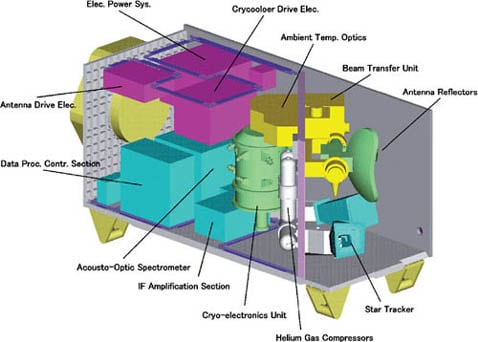
Mission Objectives
- Space demonstration of a submillimeter sensor technology based on a superconductive mixer and 4-Kelvin mechanical cooler
- Experiments of submillimeter limb-emission sounding of the atmosphere
- Global observation of trace gases in the stratosphere and contribution to the atmospheric sciences
Specifications
| Observation Band | 640 GHzBand |
| Target Gases | O3, HCI, CIO, HO2, H2O2, HOCI, BrO, HNO3, SO2,etc. |
| Altitude Range | 10-60 km |
| Latitude Range | 65N - 38S |
| Instruments | Offset Cassegrain Antenna SIS Mixer Receiver 4-Kelvin Mechanical Cooler Acousto-optical Spectrometer |
| Frequency Resolution | 1.8 MHz |
| Sensitivity | 1 K(rms) in a single scan |
Submillimeter-Wave Sensor Operated at 4K in the shielded cryostat
SMILES instruments are protected against the ISS environmental electric field by payload panels designed as an electric shield (shielding of 14 dB).
Cryo-electronics unit, which deals with signal at lowest power levels, are shielded more by the cryostat (shielding of 40 dB).
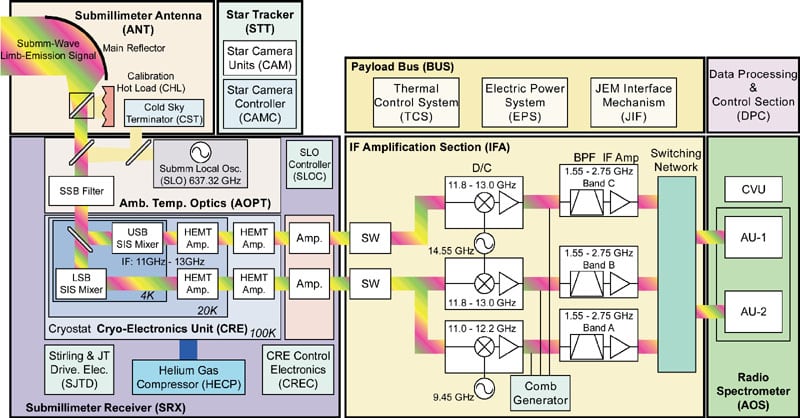
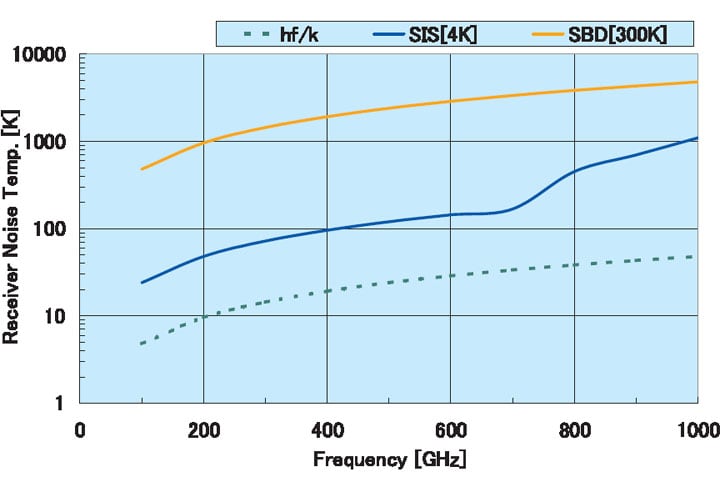
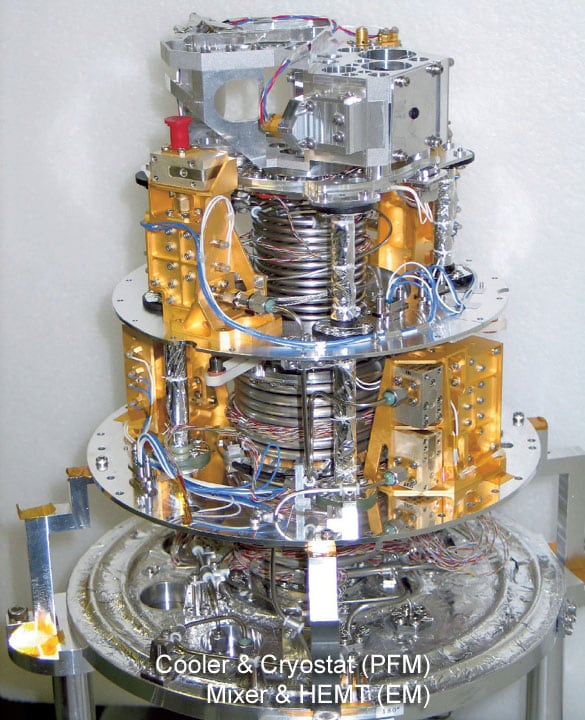
J-T Cooler : 30-37 W (AC 30 Hz)
Superconductive SIS mixer receivers have some 20 times higher sensitivity (lower noise) than conventional Schottky-barrier-diode (SBD) mixer receivers for frequencies less than 700 GHz. Sensitivity will be limited by the quantum limited noise (hf/k).
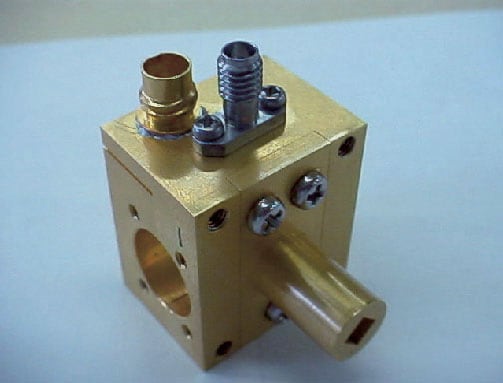
High-Quality Subsystem
Submillimeter Antenna (ANT)
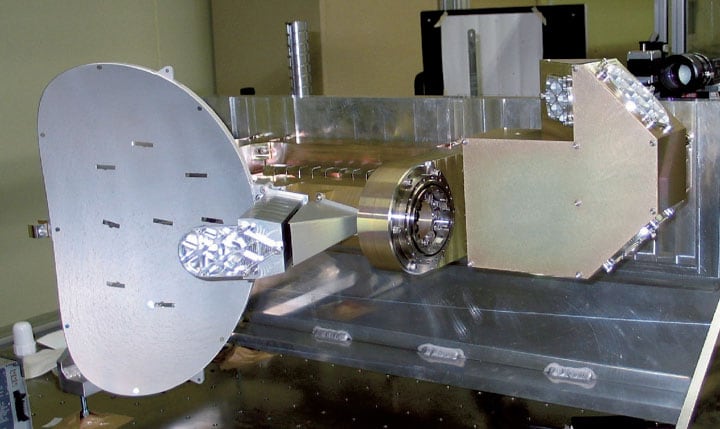
SMILES's submillimeter antenna adpots an elliptical mirror with dimensions of 40 cm in vertical direction and 20 cm in horizontal. The mirror is not so large, but it is required to be highly accurate in shape for generating a high-quality beam at submillimeter wavelengths.
| Obserbation Frequency | 624.32 - 650.32 GHz |
| Surface Accuracy | 45 pm (rms) |
| HPBW | 0.09 deg (El) x 0.18 deg (Az) |
| Beam Efficiency | >0.90 (2.5*HPBW) |
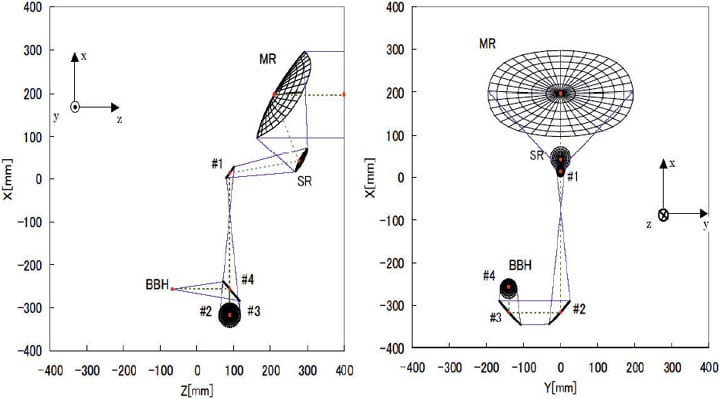
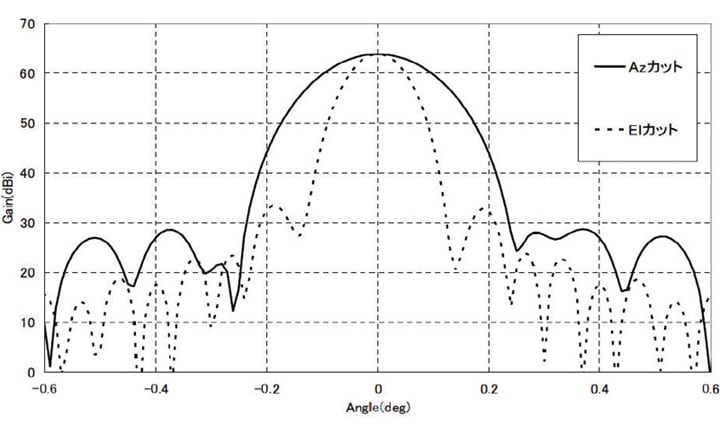
Acousto-Optical Spectrometer (AOS)
SMILES is equipped with two units of AOS, each has 1,500 channels over 1,200 MHz. This enables detection of more than 20 species involved in the atmospheric spectra.
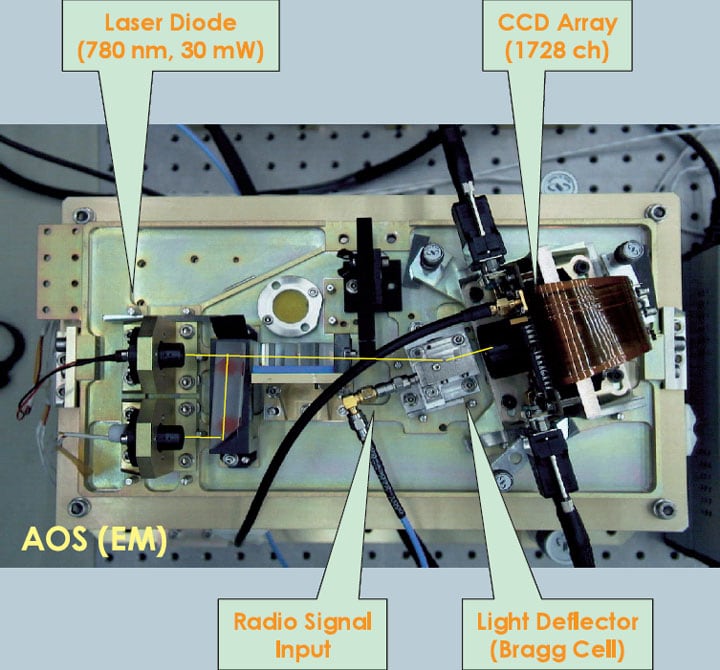
| Input Frequency | 1.55 - 2.75 GHz |
| Frequency Resolution | 1.8 MHz (FWHM) |
| Channel Spacing | 0.8 MHz / channel |
| Unit Averaging Period | 0.47 sec |
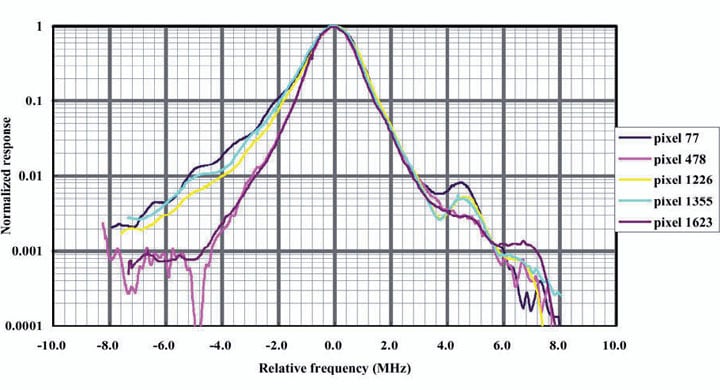
Global Data of Trace Gases with High Resolution
Global Coverage

| Covered Latitudes | 68N - 35s (ISS Yaw: +15 deg) 65N - 38s (ISS Yaw: 0 deg) 61N - 42s (ISS Yaw: -15 deg) |
| T'rajectory for 24 Hours | |
| Blue | ISS-SMILES Orbit |
| Red Dots | Sampled Area |
Major Species of SMILES
Expected altitude profile of the volume-mixing-ratio is shown for nine major SMILES species according to a typical mid-latitude model atmosphere (45N).
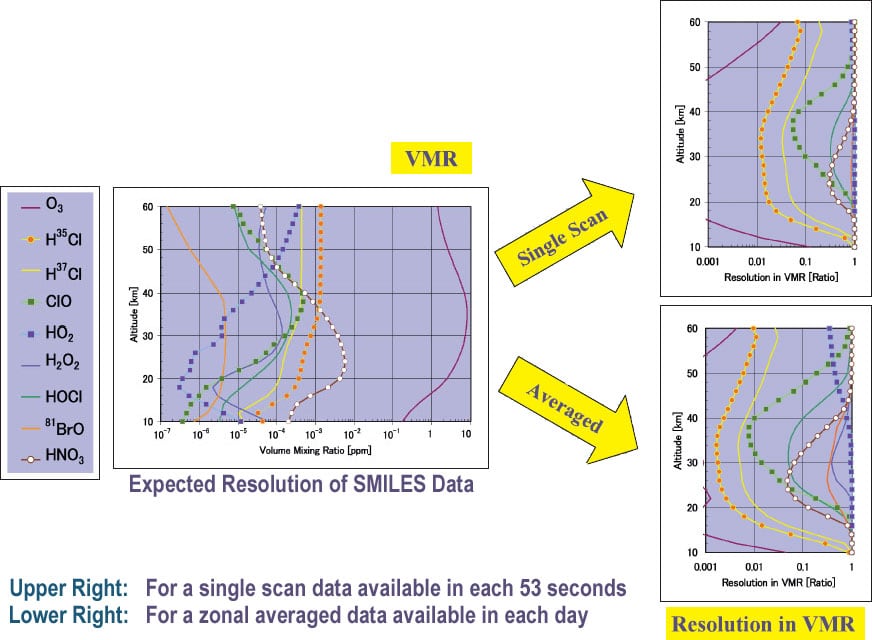
Unless specified otherwise, rights to all images belong to ©JAXA



